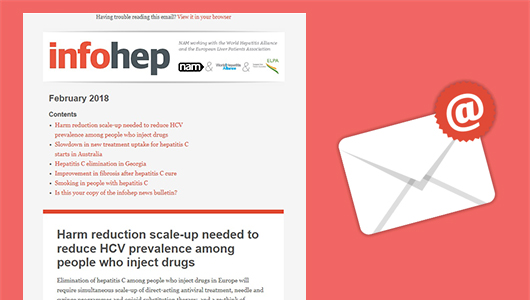Uganda hosted the first African Hepatitis Summit in June. According to the World Health Organization (WHO), approximately 200,000 people die from complications due to viral hepatitis in Africa each year and 60 million people are living with hepatitis B in Africa.
Despite the high burden of viral hepatitis, only three of the 47 countries in sub-Saharan Africa are on track to eliminate viral hepatitis by 2030, a scorecard released by WHO ahead of the meeting showed.
The analysis shows that 28 countries have developed a national hepatitis strategic plan for viral hepatitis; however, most are still in draft form with only 13 officially published and disseminated.
Only 15% (7/47) countries are leading prevention efforts with national coverage of both hepatitis B birth dose and childhood vaccination exceeding 90%. There are major gaps in hepatitis testing and treatment with less than eight countries providing subsidised testing and treatment for viral hepatitis. Uganda has started free nationwide hepatitis B treatment, and Rwanda is providing free treatment for both hepatitis B and C. These two countries are championing the regional response and are on track to reach the 2020 Framework targets for testing and community awareness.
With investments of around US$ 3 million a year, Uganda embarked on a massive, free hepatitis B screening programme in 2015, along with widespread community mobilisation and awareness-raising actions. More than four million people have been screened.



Connect with infohep on Facebook: Keep up to date with all the latest news and developments.
Follow infohep on Twitter for links to news stories and updates from infohep.org. Follow us at www.twitter.com/infohep.
Follow all the infohep news by subscribing to our RSS feeds.